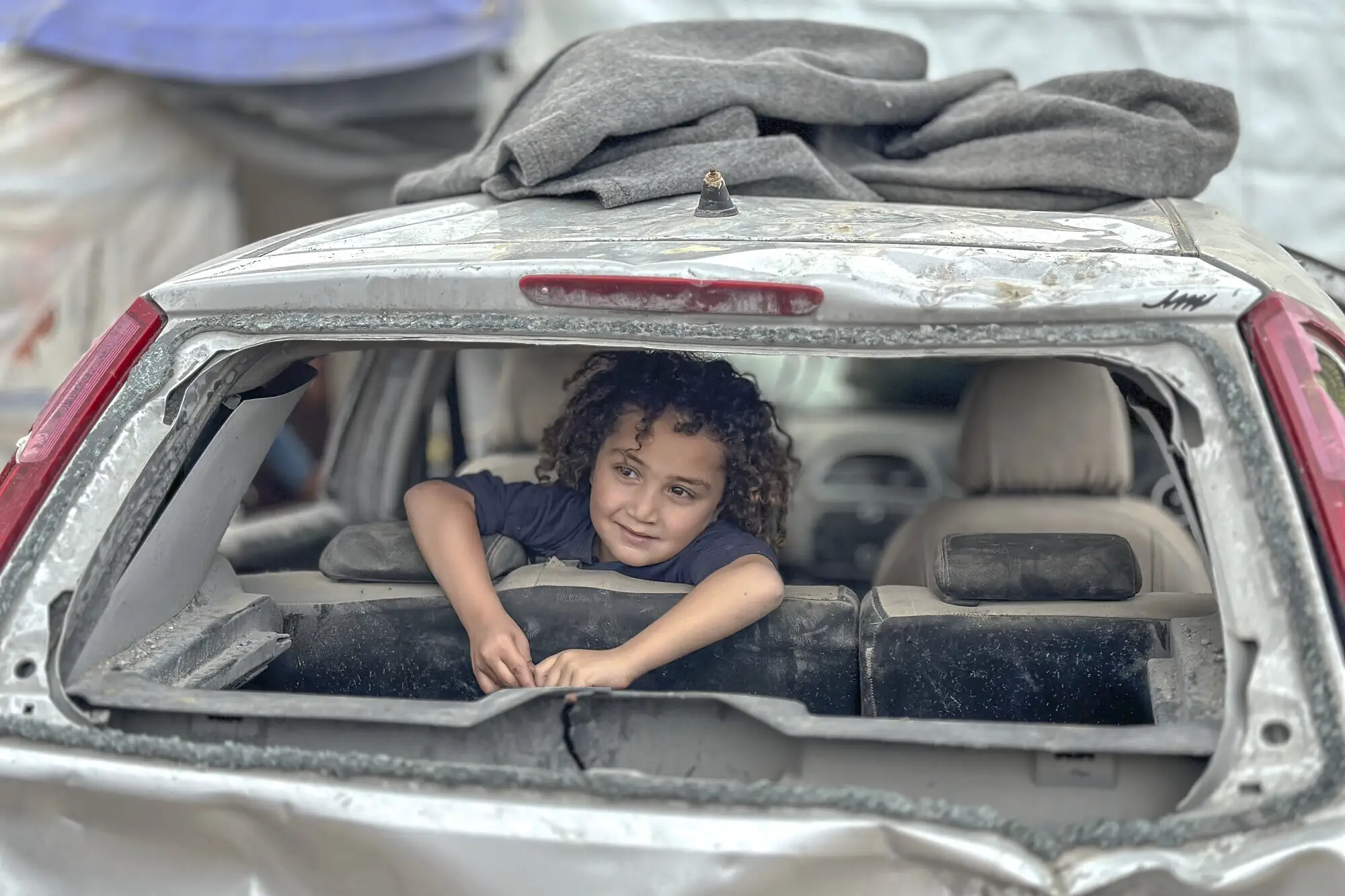“They feel happy,” Salwa says. “I walked with them on the street. I wanted them to see the sun, the light, the good parts of life, and it was so heart-warming to see them at ease and happy. We walked through the neighborhood, and they played with some of the local children, who are not displaced like us.”
Since the beginning of the conflict in early October, the Gaza Strip has become the most dangerous place in the world to be a child. According to UNICEF, over 5,300 children have died – 40 percent of the total death toll. In other words: over 110 children in Gaza have died every day since Oct. 7, with hundreds more believed to remain under the rubble.
Counting the losses
Despite the temporary relief the pause brings, this is also a time of sadness, as people take stock of what has been lost. Many returned to their homes, finding nothing but debris and scorched ground, accompanied by the need to retrieve the bodies of loved ones from underneath the rubble.
Also, for the first time, the phone connection improved and allowed people to check on their family, friends, and their homes in Gaza City. Across the Gaza Strip, more than 46,000 homes have been destroyed and over 234,000 housing units have been otherwise damaged. These constitute over 60 percent of the housing stock according to UN figures.
“Unfortunately, our family house is completely destroyed due to airstrikes,” says Saaed Rafiq Al-Madhoun, CARE’s Emergency Response Coordinator in Gaza, who fled with his wife and five children to Khan Younis, a city in the south that has received many displaced people.
“While I felt relief about the truce, I feel very upset and down because I have certainty now that the place where we gathered with our friends and family, all our assets and memories, are lost. My children keep asking me when we can go back home. I haven’t been able to tell them yet that we’ve lost it.”





